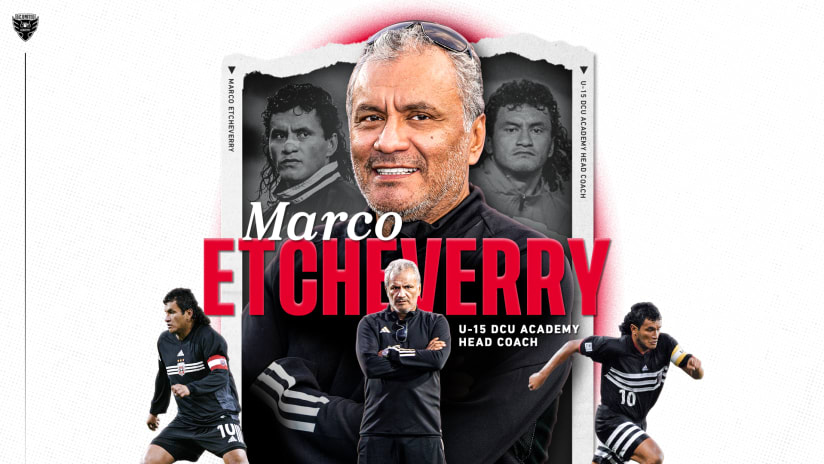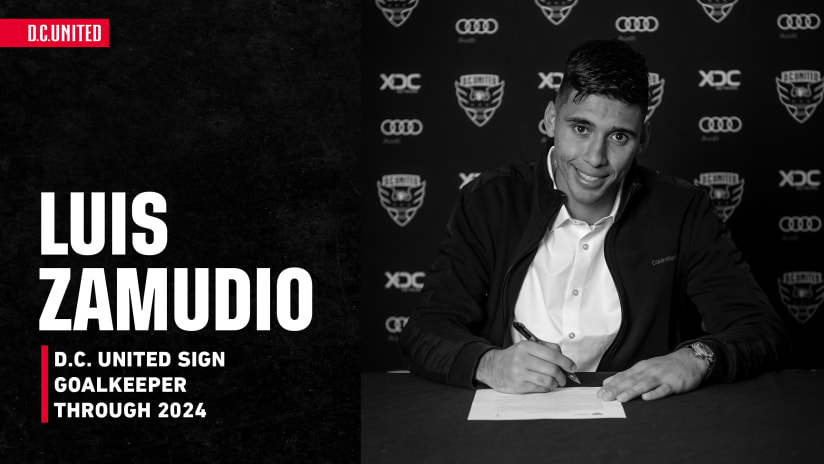A quick glance at D.C. United's first teamroster offers sufficient proof of what the club's academy has accomplished inits brief existence. Regularstarters Bill Hamid and Andy Najar worked their way through the junior ranksbefore inking professional contracts, as did reserves Ethan White and ConorShanosky.
But while the past may be a source of pride forthose in charge, the future remains the focus inside the day-to-day operationsof one of the most prolific academy set-ups in all of Major League Soccer. Known for its results, United'sdevelopment system is now implementing a style of play that will transcend farbeyond wins and losses.
"Everything we do in the academy, whetherit is in training or on game day, has to do with the 4-3-3 element and TotalFootball," Under-16 coach Tom Torres said from his office in RFKStadium. "Ball possession and high-paced wingers that are getting in behind the back line, there is no doubtthat those influences are there."
The influence Torres refers to comes from themost successful youth program in the world, that of fabled Dutch side AjaxAmsterdam. United assistant coachSonny Silooy played in over 250 matches for the legendary club and works handin hand with D.C.'s academy coaches in creating a system aimed at producingfuture professionals. Instead ofresult-oriented play, academy practices revolve around the technical and mentalaspects of attacking soccer, creating an environment where players are morelikely to grow than their trophy collections.
And all this happens with the first-team staffpaying close attention.
During a recent preseason trip, Ben Olsen andhis assistants drove half an hour to see D.C.'s U-18 side play the morningafter a match of their own. Inreserve matches this spring, five spots will be set aside specifically foracademy players, offering further proof of the growing relationship between thesenior team and its future.
"I would say we speak to [General Manager]Dave Kasper about our players once a week," noted U-18 head coachNolan Sheldon. "We probablyspeak to first team staff once every two weeks. There are constant conversations about the progress of ourplayers."
Another factor key to the steady - and continued- success of United's academy is the talent pool from which it draws. The Washington area has long been ayouth soccer hotbed, and the high quality of coaching on the local club scenehas prepared players well as they take their game to the next level.
"It's a diverse group. We have kids from all over the placeand they offer different qualities," Sheldon added. "In terms of putting together ateam, it is fun to watch. You dosee their personalities and you do see their cultures come out in the way thatthey play."
Since the inception of the U.S. Soccer Development Academy in 2007,no member club has placed more players in Division I college programs than D.C.United. The Black-and-Red alsolead all USSDA clubs in national team call-ups over the last half-decade.





